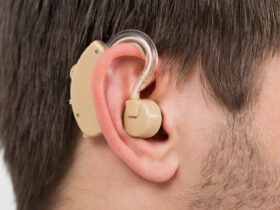Basic Coverage
The most important types of car insurance are liability, comprehensive, and collision coverage. These are the ones you should always have.
- Liability: This won’t protect you or your car, but will protect your money. If you’re involved in an ‘at fault’ accident, this type of coverage will cover any third-party costs that you would be responsible for, like medical or auto-repair costs for the damaged party. A good idea would be to have at least $500,000 worth of insurance that covers property damage liability and bodily injury liability.
- Comprehensive: If your car is ever hit by a hail storm, or stolen, comprehensive coverage will protect you. It covers theft, damage from a fire, storm, natural disaster, or even a limb falling on your car. This insurance will pay to replace or repair your car as long as the damage is not from a collision. Like liability insurance, this one is not expensive, so definitely buy it.
- Collision: When you’re behind the wheel, you’re not allowed to be distracted for even a second. If you hit the brakes too late, or if there’s black ice that you find your car sliding over, you’re in trouble. But, no matter who is at fault, collision coverage will pay to repair or replace your car if you’re involved in an accident with another car, object, or even just yourself. Liability will cover you if the other driver is at fault and if they have enough to cover your damages. That’s why it’s a good idea to consult an independent insurance agent and get yourself some collision cover.
Extended Coverage
An extra layer of protection is always welcome. But consult an independent insurance agent to understand whether you need any of these or are better off maintaining a healthy emergency fund. The types of extended coverage available include medical expenses coverage, personal injury protection, guaranteed auto protection (GAP), and underinsured (UIM) and uninsured motorist (UM) coverage. GAP insurance fills in the ‘gap’ by covering the reduced market value of your new car and the remainder of the loan you owe on it. That’s why it makes a lot of sense. UM covers medical expenses caused by an uninsured driver, while UIM covers you when the at-fault driver doesn’t have enough coverage.

























